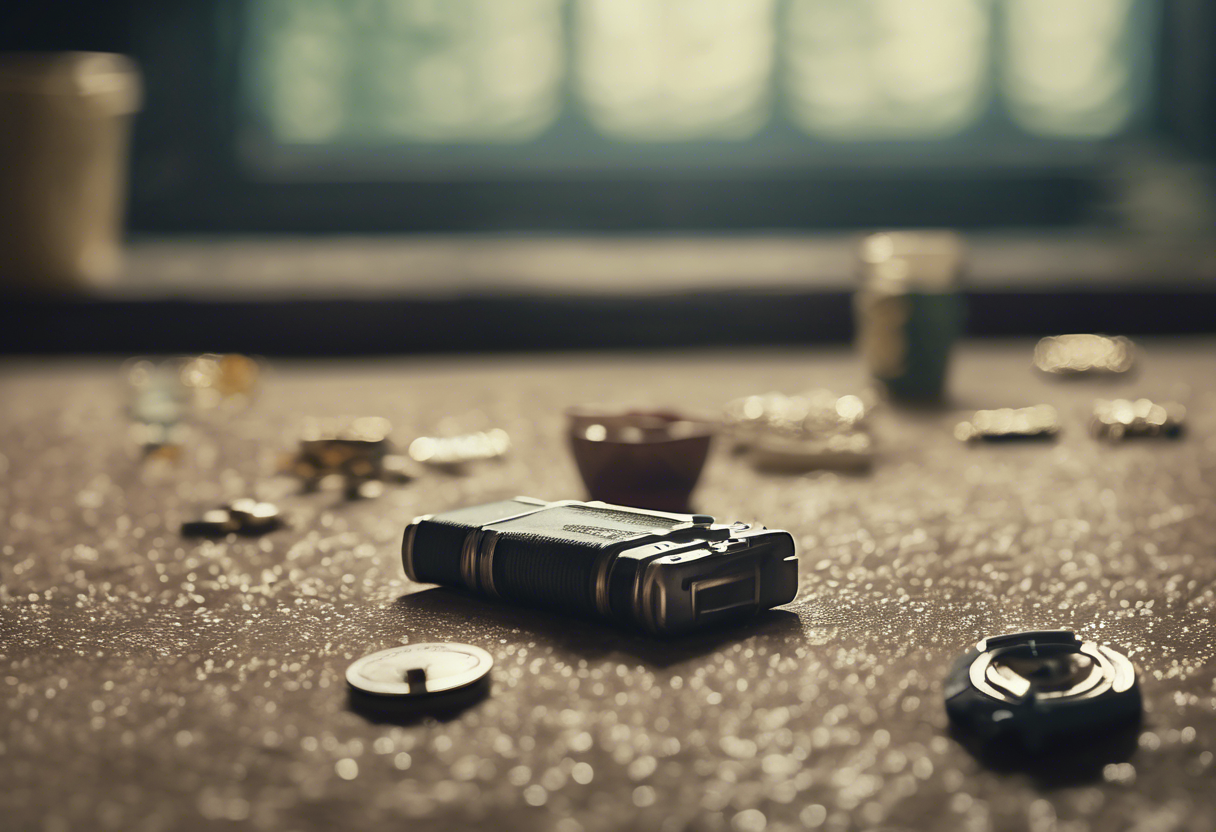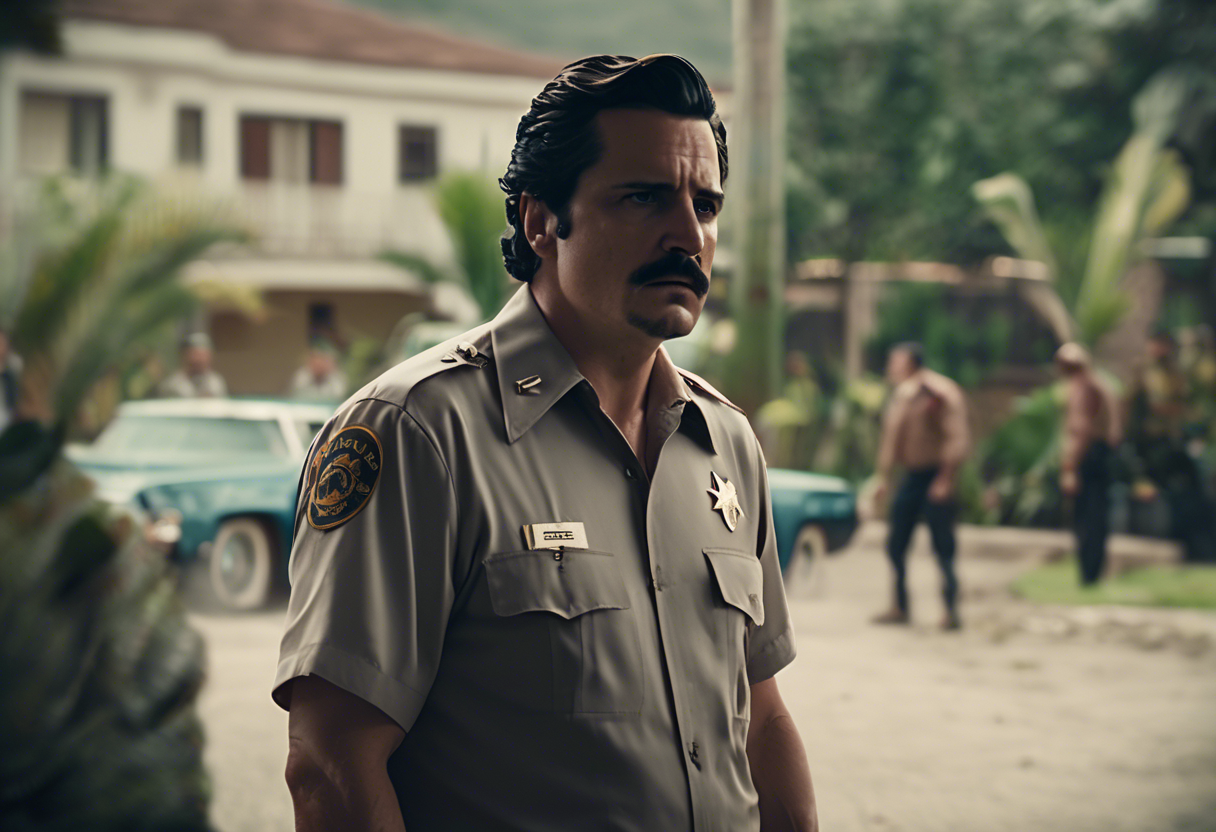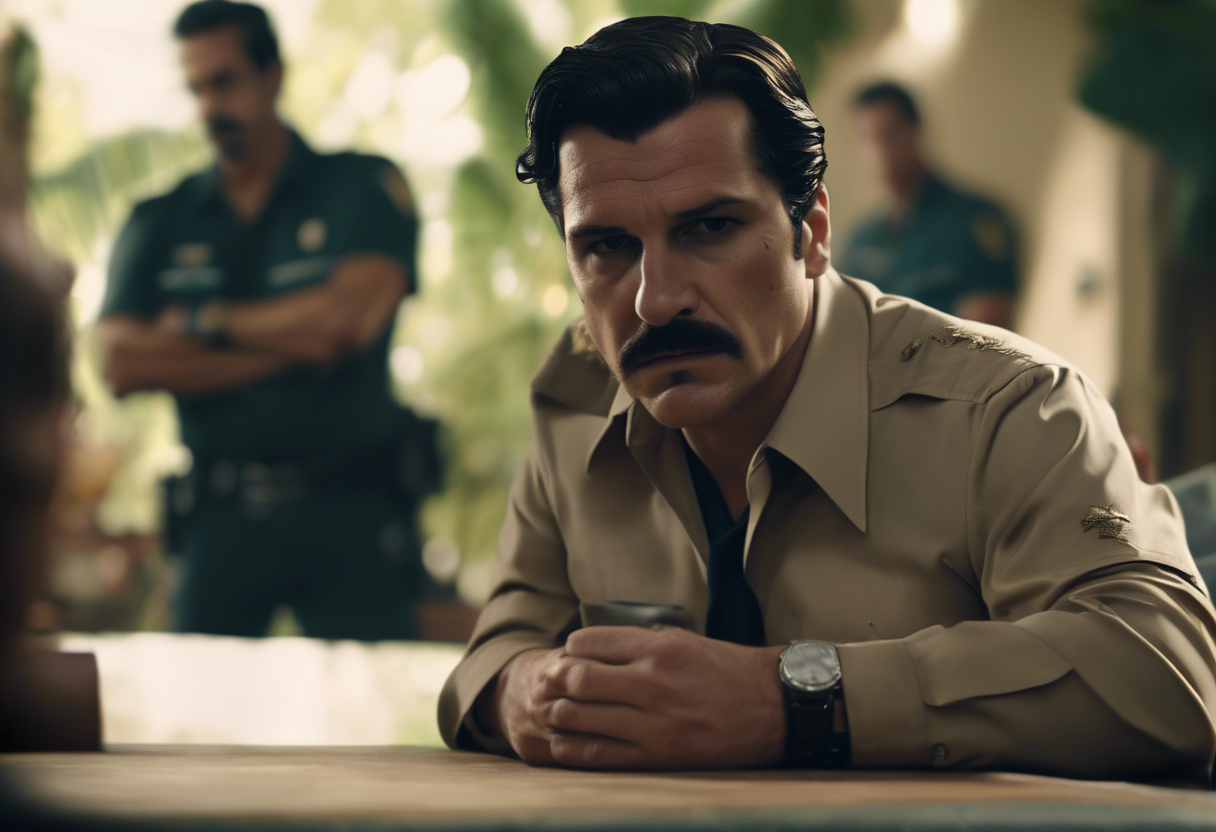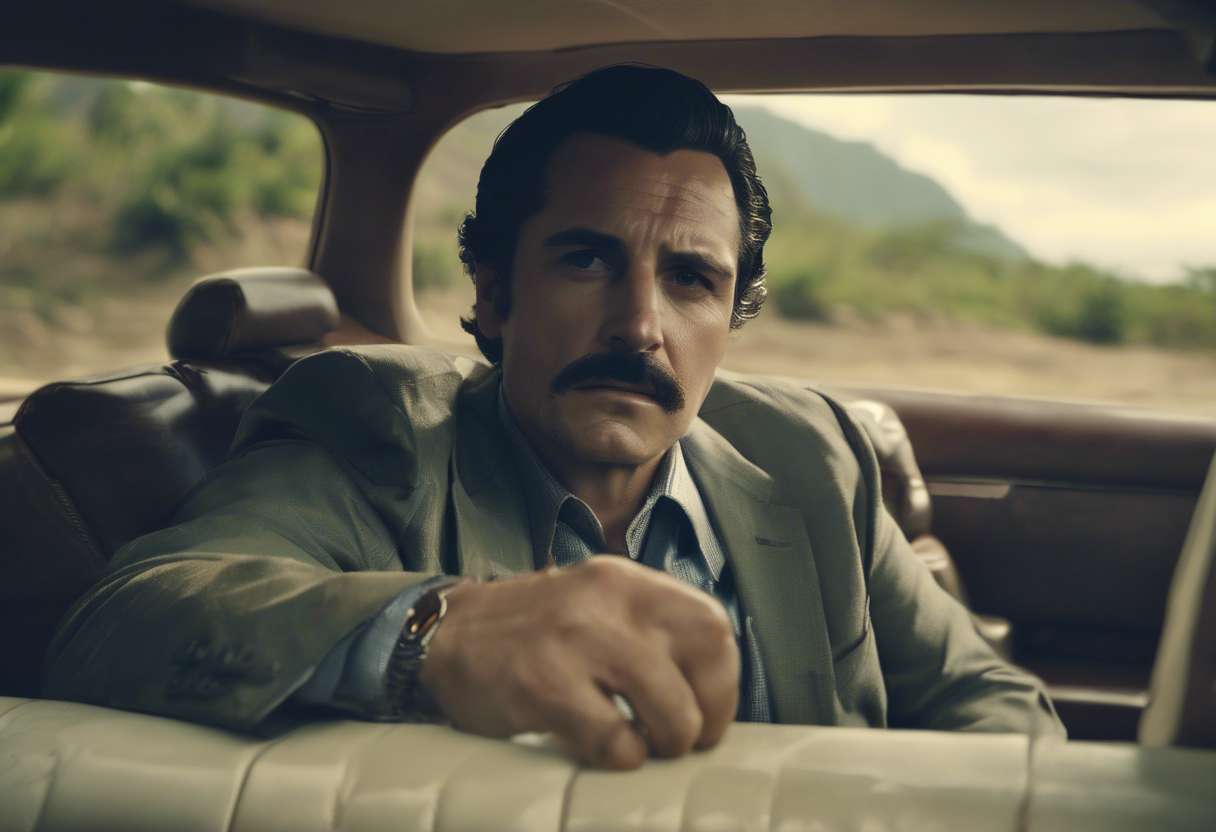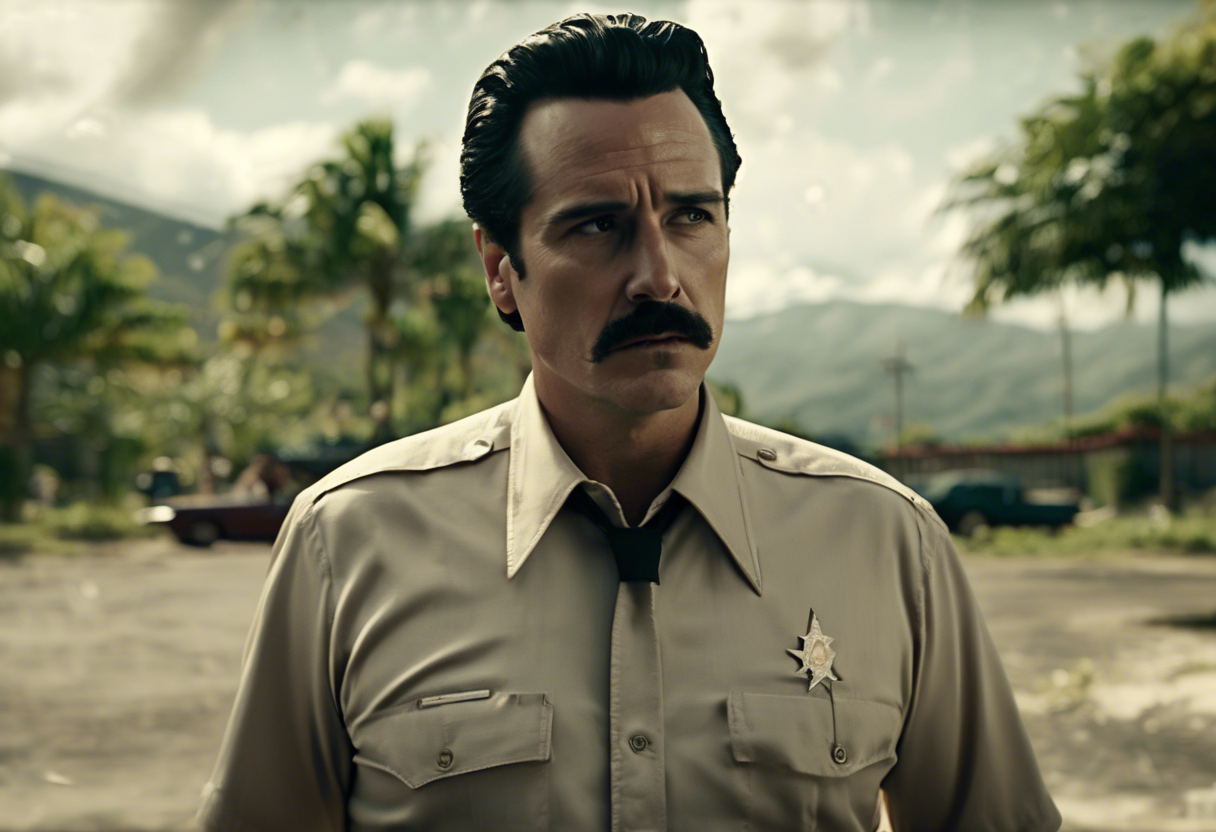Contents
Introduction
Narcos, the critically acclaimed Netflix series, delves into the tumultuous world of drug cartels in Colombia, particularly focusing on the rise and fall of Pablo Escobar and the Medellín cartel. Created by Chris Brancato, Carlo Bernard, and Doug Miro, the series is known for its meticulous historical research, gripping narrative, and powerful performances. Season 2, which premiered in 2016, continues the saga of Pablo Escobar’s reign and the relentless pursuit by law enforcement to bring him down.
Episode 4 of Season 2, titled "The Good, the Bad, and the Dead," is a pivotal installment that sets the stage for the escalating conflicts between the Medellín cartel and its rivals, as well as the intensifying manhunt by the Search Bloc. Directed by Andrés Baiz and written by Zachary Reiter, this episode is notable for its intricate plot developments, character arcs, and the escalating tension that defines the series.
Plot Summary
In "The Good, the Bad, and the Dead," the narrative unfolds on multiple fronts, each contributing to the overall tension and complexity of the episode. The Cali cartel, led by the Rodríguez Orejuela brothers, begins to discuss a strategic move to encroach on Pablo Escobar’s territory, sensing an opportunity to expand their influence as Escobar’s power begins to wane[4][5].
Meanwhile, Limón, a key figure in the Medellín cartel, proposes a plan to Maritza, a former associate of Escobar’s, which involves her claiming responsibility for a past betrayal. This plot thread is significant as it highlights the internal conflicts and betrayals that begin to erode the Medellín cartel from within. Maritza’s role is crucial here, as her actions could either solidify her position or lead to her downfall[1][4].
On the law enforcement side, the Search Bloc, led by Colonel Carrillo and DEA agents Steve Murphy and Javier Peña, continues their relentless pursuit of Escobar. The episode features an intense car chase involving La Quica, a member of the Medellín cartel, which underscores the dangerous and unpredictable nature of the cat-and-mouse game between the cartel and the authorities[3].
Pablo Escobar, despite facing numerous challenges, manages to maintain his grip on power through a combination of intimidation, strategic alliances, and ruthless elimination of his rivals. His character is portrayed with a mix of charisma and brutality, making him both fascinating and terrifying to watch. The episode also delves into Escobar’s personal life, showing his family and his public persona as a benefactor to the poor, which contrasts starkly with his criminal activities[2][5].
The setting of the episode shifts between the urban landscapes of Medellín, the rural hideouts of the cartel, and the offices of the law enforcement agencies. Each setting is meticulously detailed, providing a vivid backdrop for the unfolding drama. The narrative arcs of the characters are also well-developed, with each character facing their own set of challenges and moral dilemmas.
As the episode progresses, the tension builds towards a climactic ambush set up by the Search Bloc. This sequence is gripping and well-executed, showcasing the tactical prowess of the law enforcement team and the desperation of the cartel members. The acting and direction come together seamlessly, creating a suspenseful and engaging viewing experience[5].
Themes and Symbolism
"The Good, the Bad, and the Dead" explores several themes that are central to the narrative of Narcos. One of the primary themes is the struggle for power and the consequences of ambition. The Cali cartel’s move to encroach on Escobar’s territory and Escobar’s own efforts to maintain his dominance illustrate the constant power struggles within the cartel world.
Another significant theme is loyalty and betrayal. Maritza’s proposed plan and the internal conflicts within the Medellín cartel highlight the fragile nature of alliances in the criminal underworld. The episode also touches on the theme of morality, particularly through the characters of Murphy and Peña, who are faced with the harsh realities of their mission and the moral ambiguities of their actions.
Symbolically, the episode uses the character of Tata, who receives a gun for protection, to represent the escalating violence and the need for self-defense in a world where trust is a luxury few can afford. The car chase involving La Quica symbolizes the relentless pursuit and the cat-and-mouse game between the cartel and law enforcement[4][5].
Cultural Impact
"The Good, the Bad, and the Dead" was well-received by audiences and critics alike, contributing to the overall cultural impact of Narcos. The episode’s intense action sequences, coupled with its deep character development, made it a standout in the series. The show’s portrayal of real-life events and figures has also influenced pop culture, with references to Narcos appearing in various forms of media.
The episode’s influence can be seen in how it has shaped the public’s perception of Pablo Escobar and the drug wars of the 1980s and 1990s. It has also inspired numerous discussions and analyses about the ethics of drug enforcement and the complexities of the cartel world.
Critical Reception
Critics praised "The Good, the Bad, and the Dead" for its gripping narrative, strong performances, and the direction by Andrés Baiz. The episode was noted for its ability to balance action and drama, keeping viewers on the edge of their seats. Viewers also responded positively, appreciating the episode’s intense sequences and the continued development of the characters.
On platforms like IMDb, the episode received high ratings, with many viewers praising the acting, direction, and overall execution of the episode. The critical reception was overwhelmingly positive, solidifying the episode’s place as one of the highlights of Season 2[5].
Legacy
"The Good, the Bad, and the Dead" has left a lasting impact on the television landscape. It is remembered for its intense action, compelling character arcs, and the way it sets the stage for the remainder of the season. The episode’s influence can be seen in future TV series and films that deal with similar themes of crime, power, and morality.
The continued relevance of Narcos and its episodes like "The Good, the Bad, and the Dead" lies in their ability to educate and entertain, providing a nuanced look at a complex period in history. The episode remains a significant part of the series’ legacy, contributing to its status as a masterpiece of contemporary television.
References
- https://narcos.fandom.com/wiki/The_Good,_the_Bad,_and_the_Dead
- https://ew.com/recap/narcos-season-2-recaps-and-study-guide/
- https://www.refinery29.com/en-us/2016/09/120960/narcos-season-2-recap-episodes-synopsis
- https://www.pogdesign.co.uk/cat/Narcos/Season-2/Episode-4
- https://www.imdb.com/title/tt5714396/

